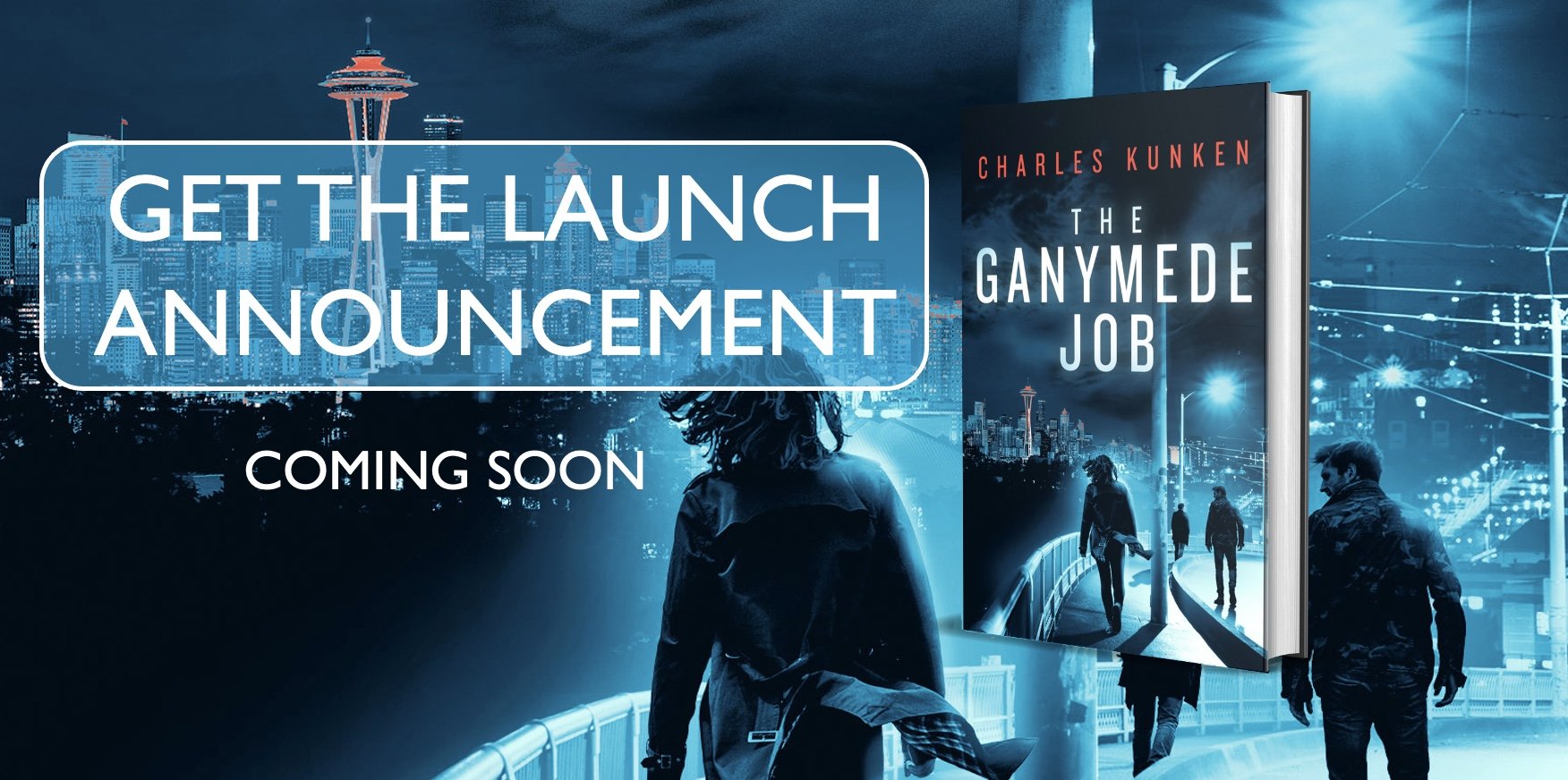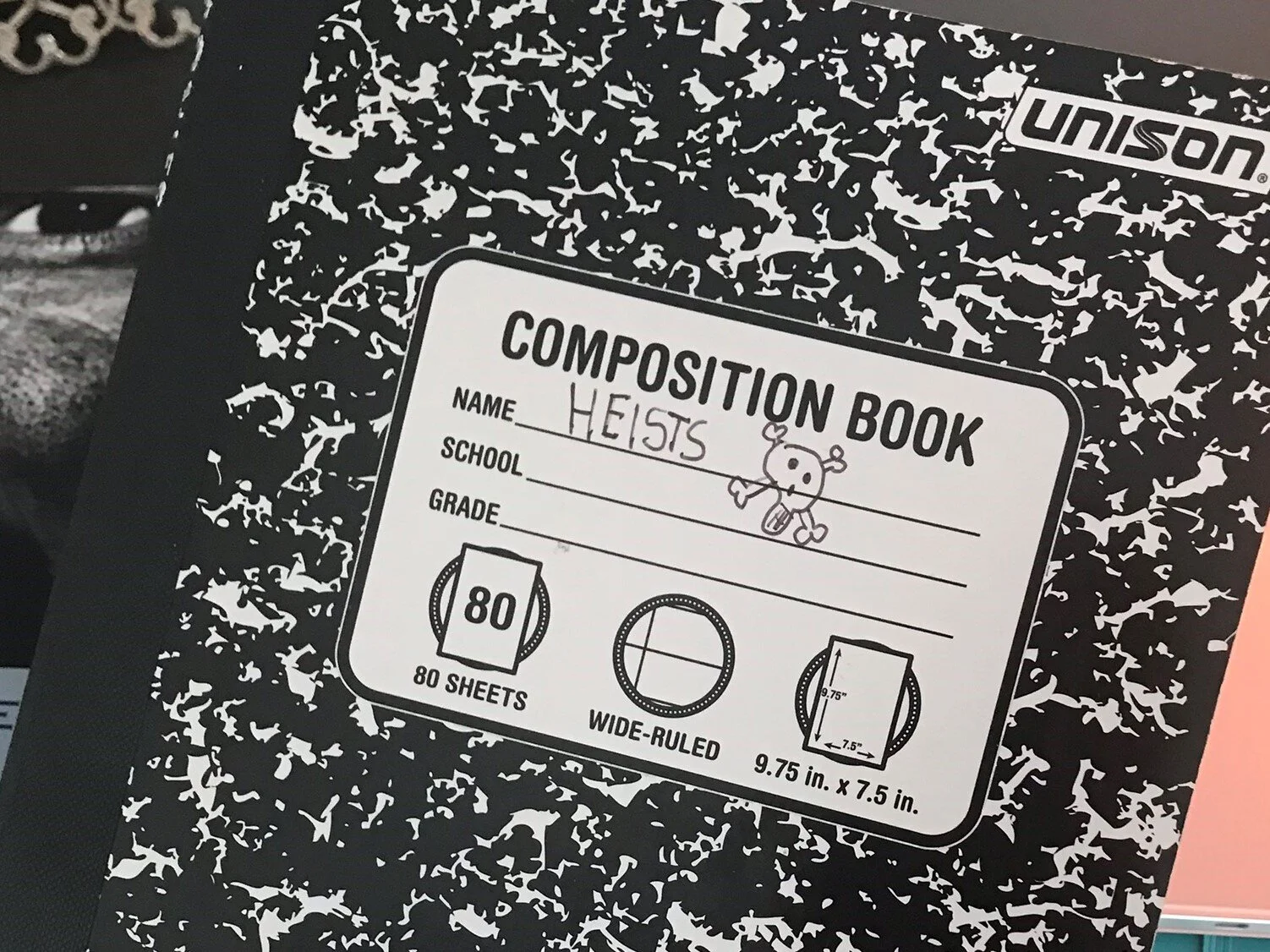The Breakdown of Ocean’s 11
Get the full ‘Anatomy Of A Heist’ Series here: charleskunken.com/season4
Click for PDF or EXCEL (with value data)
This is my storygrid of Ocean’s 11 (2001), screenplay by Ted Griffin
And yes, the heist continues...we got to about 9,500 words into the second draft with a pretty good idea of how Act I was going to go when we started getting ready to write scenes for Act II.
Now, I've written myself into dead ends before by just 'pantsing' along (just writing and seeing what happens), because I didn't know how stories needed to twist and turn so I decided to try and apply the Story Grid principles I’ve been studying by Shawn Coyne and demonstrated by Tim Grahl in the Story Grid podcast. In this case that meant taking a pause to step back and go revisit the master work.
I had attempted to plot the major turning points of Ocean's before but this time I went back and made a table of contents of what exactly happened in each scene. As I went I grouped the scenes into logical segments of action called sequences (represented by the horizontal color palette at the bottom of the graph).
Next I set out to track whether each bit of action brought our Hero, Danny Ocean closer or further away from his main objectives in the movie. He has two: steal the cash (the A-plot) and get the girl (the B-plot).
This exercise was my attempt to sign a value from -100 to +100 tracking how close or far Danny was getting.
Zero serves as the baseline at the start of the movie and serves as the reference point from which every subsequent moment was tracked.
100 represents the accomplishment of said objectives. The following are some interesting findings.
Image: Warner Bros. from imdb.com/title/tt0240772/
There are clear Act breaks at 25% and 75%, right out of the storytelling textbook.
The B-plot represents Danny's underlying desire and lies dormant in the background until ~38% while the A-plot is firmly established.
38%-50% lets us know how A & B collide.
The break into Act II at 25% is accompanied by a physical move as the team moves into the billiards room in Reuben's Las Vegas abode.
The destabilizing midpoint comes right on time at ~52% when Basher runs in with the first huge hiccup in the plan (they city is fixing the weakness in the electrical grid that they were going to hack).
Act III begins just after the 'All Is Lost' Moment at 75% (when Danny is locked in the interrogation room with 'Bruiser')
In true heist fashion, the 'All Is Lost Moment' is a fakeout (Bruiser helps Danny climb through the ceiling).
As we get into the final climactic sequence of the actual heist the scenes change quicker and the action swings wildly from scene to scene. Something goes wrong, something goes right, back and forth, back and forth. And with each swing the stakes are higher.
The final charge up the mountain between 85%-95% delivers on the whole reason we came to watch this. They pull it off as all tools gathered throughout the movie are put into action.
95%-98% after the heist is complete is a critical moment for our enjoyment. We get just enough time to say an emotional goodbye to our heroes as they gather outside the fountains before going their separate ways.
And ending in true heist fashion, in the last scene Danny also gets the girl.
And that’s what I’ve found. More to come on this, I think I’ll make a video.
Oh yea, and for those of you who like getting into the weeds, in case you missed the link up top…here’s the Excel data.
File: https://www.charleskunken.com/s/Oceans-11-Notes-Graph_version-2-COMPLETE-2020-03-26.xlsx
Drop me a line: charlie@charleskunken.com
Other Posts In The ‘Anatomy Of A Heist’ Series
Storytelling Resources
The LIST
The 41 films conducted during the research project (full explanation here)














The Skytalkers podcast recently aired an episode in which they ran Solo: A Star Wars Story (2018) through the heist tracker - the one we made together during paternity leave ;) charleskunken.com/blog/the-anatomy-of-a-heist-the-16-conventions-part-1-of-3).
Star Wars plus heists? Yea…we just had to take this inspiration from our friends at Skytalkers and contribute our own ‘Milk in The Matrix version of ‘is Solo a heist film?’